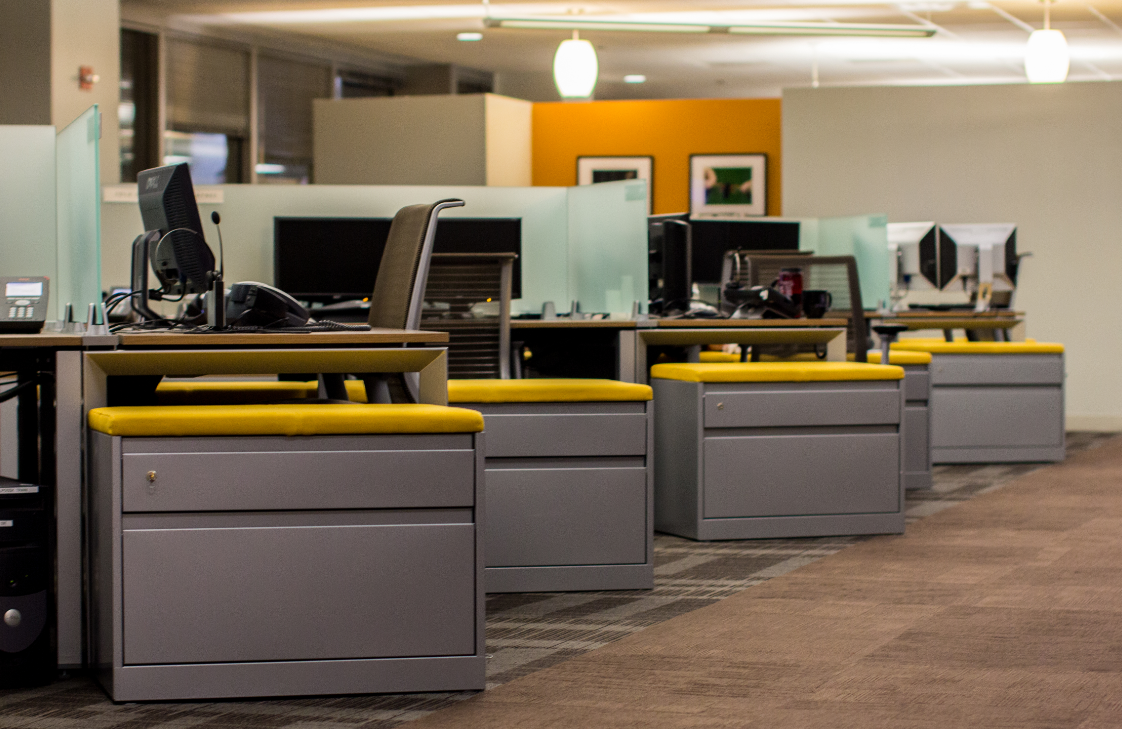As states and localities begin to open, predictions are coming out as to what the new normal will look like. Some folks have stated that the future will not look like the past, companies will continue to enable users to work remotely and offices will become a distant memory. This may seem a bit hyperbolic, but there are those who have taken the protective measures necessary to combat a pandemic as shifting the paradigm of how we work in the future.
My brother-in-law sent me a fictional video via WhatsApp of a father living in a utopian future telling his children about the backward ways of the early 2000s. Honestly, I couldn’t get to the end it was so saccharine and wishful. While I have been labeled a cynic in the past, I actually believe myself to be more of a realist and try (not always successfully) to base my positions on fact and logic.
One thing that we all should realize is a need to be more aware of the unexpected. Keno Kozie Associates was tentatively planning to begin our phased return to the Chicago office this week. Due to the ongoing national unrest, and specifically the activity around our headquarters, we have delayed this return. We did not expect the coronavirus would strike this year, and we did not anticipate protests and tangential looting. However, we did anticipate that we would need to be flexible and react to changing events.
So with that said, here is what I suspect the new normal will look like:
In certain localities and for varying reasons, the return to normalcy will take longer. Some places will attempt to restore business as usual only to see a surge or resurgence of the virus and may reintroduce restrictions. Meanwhile, fatigue has begun to set in, and as a result, regions will likely continue to open up constraints regardless of the data until those numbers either become too hard to ignore or begin to trickle down due to herd immunity, other natural causes or if/when a vaccine or effective treatment is developed.
Some organizations will reduce their physical footprint and enable additional long-term remote work. However, this will likely stay within the domain of larger corporations where this trend was already on the upswing. As an example, when Northern Trust moved into its new Chicago office building, it also shifted to a hoteling model which put restrictions on how many days one could work in the office. Decisions that made financial sense in the past will likely be made quicker in the near future, but I suspect that whole-cloth new decisions will not be seen in most cases.
Facebook has offered to allow its employees to remain remote, but has included the caveat that if they move to rural or more affordable locales, their salary will be corrected for regional cost of living variations. While the initial decision to allow workers to relocate to a place of their choosing is laudable, by reducing pay based on the specific work location the company shows its true intent – an opportunity to shift financial rewards back to itself. For a for-profit organization this is not surprising, but it does prove my next point – decisions that made financial sense in the past will continue to be the driving force for future choices.
Finally, firms will struggle with onboarding new resources and indoctrinating those resources into the corporate culture when that culture is limited to Zoom or Teams meetings. This opinion isn’t exclusively mine; I recently heard the editor-in-chief of the Economist, Zanny Minton Beddoes, offer a similar sentiment. While it would be interesting to believe that the new normal will be vastly different from the past, pragmatists such as myself suspect it will be more of the same – it will just take us a while to return to the old normal.

